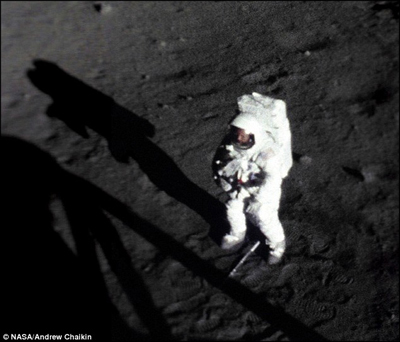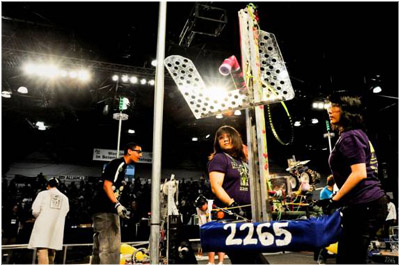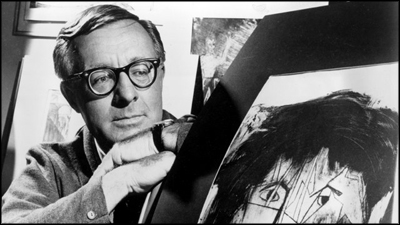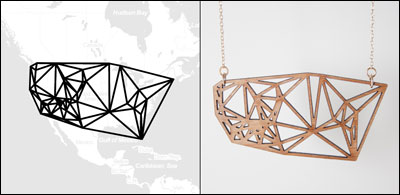Heads up: all of the images in this post are interactive! Click ’em and see!
Comic-Con International in San Diego (which, of course, has been discussed with familial snark and affection by Coilhouse countless times before) wasn’t always the star-studded, geek-chic event that it is today. (By any chance, does anybody out there remember when Nerd Prom truly was purely a comics con? Back in the day, there were a few hundred participants, and they held it in the basement of the US Grant Hotel down in the Gaslamp District. That was over forty years ago.) And yet, some thing never change. To this very day, beyond the shiny veneer of celebrity panels and million-dollar television studio booths, the true hallmarks of Comic-Con —celebration and revelry in comic book and sci-fi culture— can be found by those of us who know where to look.
From gore FX makeup, to minute veins painted onto a character model, to carefully-curated contact lenses and fangs as part of the perfect cosplay costume, the heart and soul of our beloved Nerd Prom is found in the details, thanks to the legions of creative and energetic (if somewhat unsettlingly aromatic) people who come together every year to bring our favorite elements of geek culture to brilliant life.
Many folks who are unable to attend SDCC, as well as those of us who do attend and want to revisit, often (re)experience the Con through pictures and video. Traditionally, during and directly after the four-day event, the internet is flooded with sweeping panoramic shots of crowds surging through the main exhibit halls, macros of various booth displays, perfunctory celebrity panel shots, and camera phone candids of inspiring (or perplexing! or horrifying!) costumed revelers. However, this year, something entirely different is beginning to crop up, imagery-wise.
The pictures you’re looking at are examples of Con-craziness captured by a new photographic system from a Silicon Valley start-up called Lytro. These are single-exposure photographs that can be refocused and manipulated after the fact; think of Lytro as technology’s first attempt at bringing us Harry Potter’s moving newspaper pictures! Unlike a conventional camera that captures a single plane of light, the Lytro camera captures the entire light field.
From the Lytro site: “The way we communicate visually is evolving rapidly, and people’s expectations are changing in lockstep. Light field cameras offer astonishing capabilities. They allow both the picture taker and the viewer to focus pictures after they’re snapped, shift their perspective of the scene, and even switch seamlessly between 2D and 3D views. With these amazing capabilities, pictures become immersive, interactive visual stories that were never before possible – they become living pictures.” And, as you can see, here are some slices of the Comic-Con experience, presented in a series of living pictures.
Last weekend, I caught up to Eric Cheng, Lytro’s Director of Photography, in the chaotic main convention hall. Hunkered down behind a trio of enormous trolls at the Weta Booth while thousands of people milled around us, Cheng kindly took the time to explain a bit about the tech, showed off a slew of incredible shots he and his cohorts has been taking at the Con, and we discussed why the Lytro is especially perfect for capturing visually dense, action-packed memories at events like SDCC.













